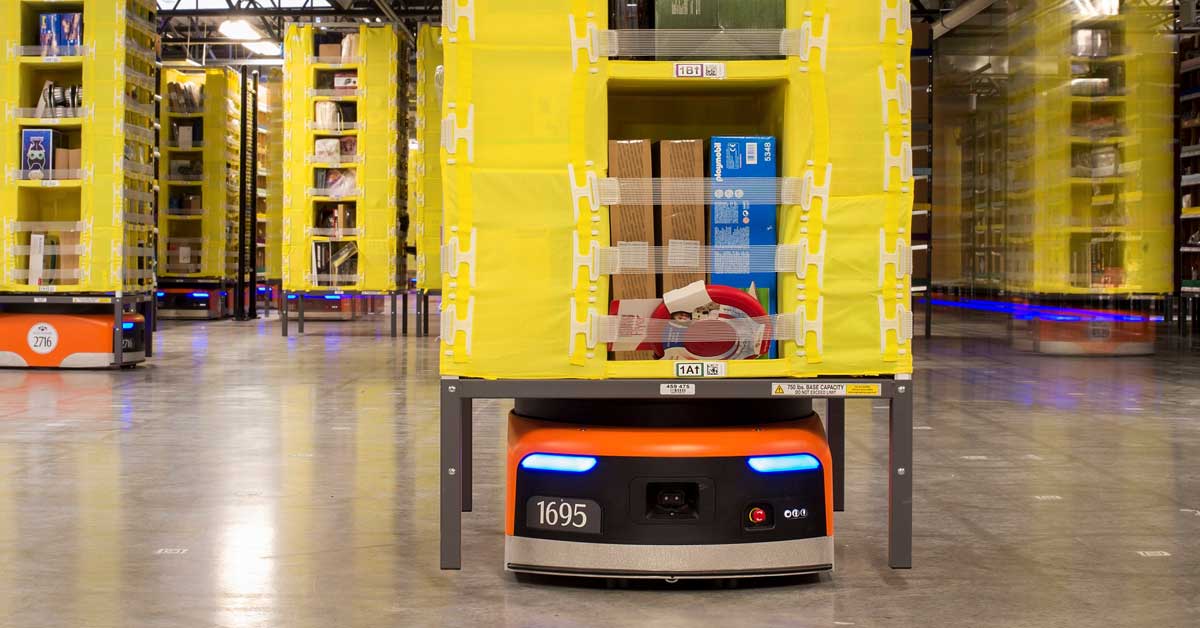It’s going to be a while before the robots take over
The future of Amazon will undoubtedly involve artificial intelligence and robotics, but it’s an open question at what point AI-powered machines will be doing a majority of the work.
According to Scott Anderson, the company’s director of robotics fulfillment, the point at which an Amazon warehouse is fully, end-to-end automated is at least 10 years away, reports The Verge.
At present, the Amazon warehouses that use robots are mostly concerned with general merchandise such as homewares and bikes, but their functions are limited. Robots are unable to pick items from bins without damaging other items, or pick multiple items, in a way that makes them any more efficient than human workers, writes Engadget.
So while a robot can help manufacture a microchip and the body of a Tesla motor vehicle, it’s not capable of doing human tasks that warehouse work requires. At Amazon facilities and other companies’ fulfillment centers, a bulk of the labor is still largely done by human hands, because it’s difficult to train robots to see the world and use robotic grippers with the dexterity of human workers.
Last month the company announced plans to deliver Prime packages in one day instead of two, and currently stipulates a target of four hours between an order being placed and it leaving the warehouse. Once the technology exists to effectively automate these processes, there’s no doubt that Amazon will be using it.
More Amazon news

How can New Year holidays in the US and Canada affect cargo delivery dates
Customs and shipping companies working schedule during the New Year Important information for more accurate forecasting of cargo processing speed in the US and Canada during the New Year holidays. Please note that Customs and shipping companies will not work during...

Major shutdowns in China due to new COVID outbreaks
Multiple companies in Zhejiang province have suspended operations due to COVID-19 outbreak, halting production of goods from batteries and clothing to textile dyes and plastics. Zhejiang is one of China's biggest and busiest manufacturing hubs. The local government...

Amazon is using sellers as a cash cow
Amazon collects a third of seller revenue A new study claims that Amazon makes far more from fees on its Marketplace platform than even the cash cow known as AWS, reports TechCrunch. According to the report by the Institute for Local Self-Reliance, sellers now give...


